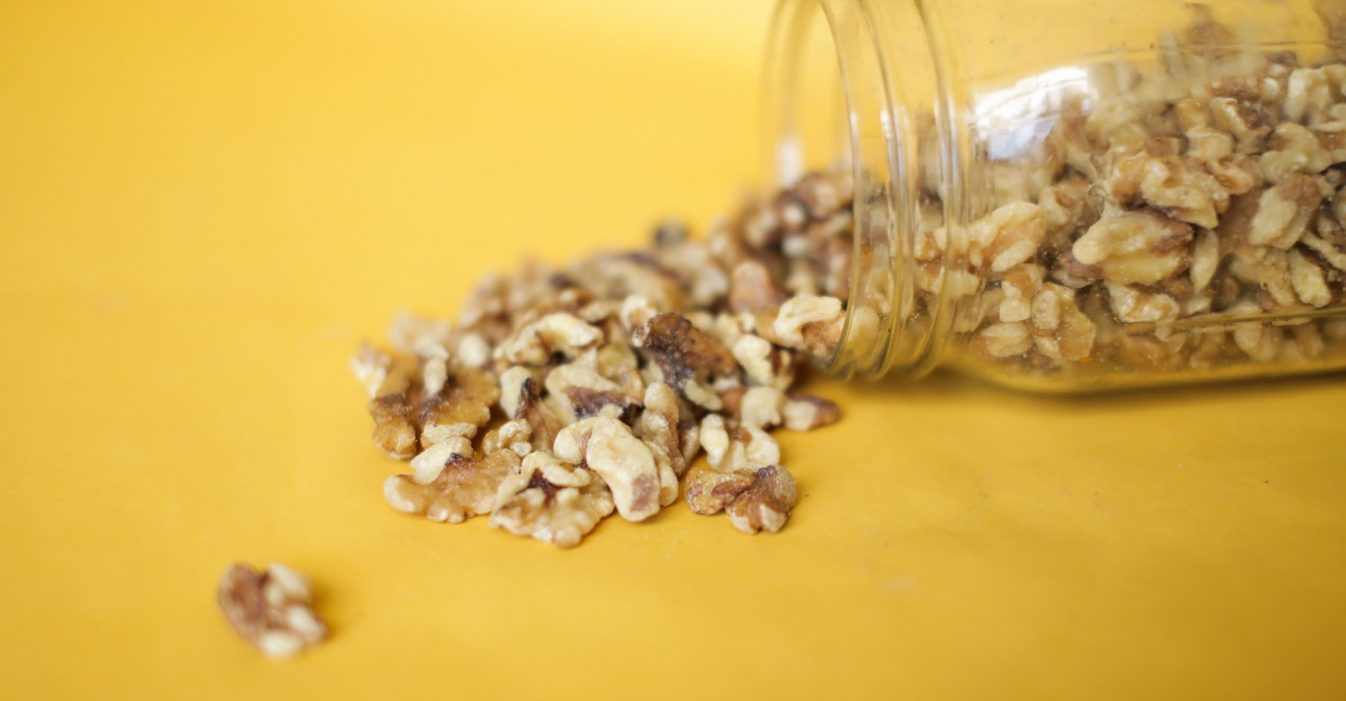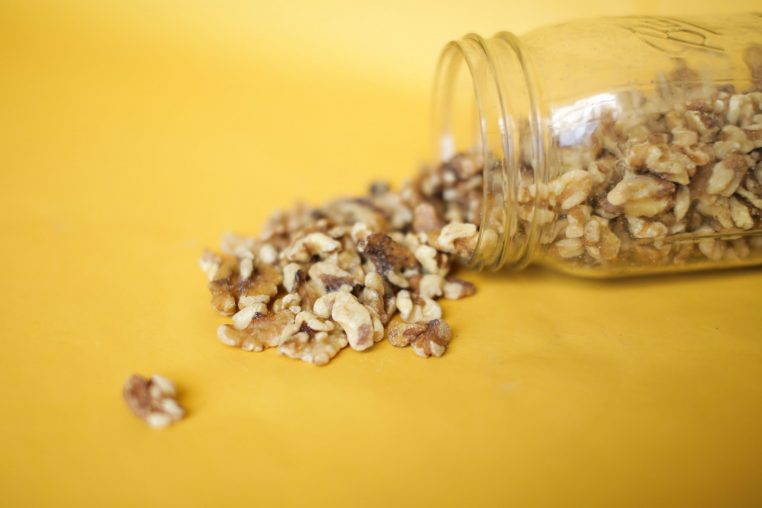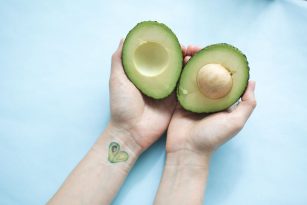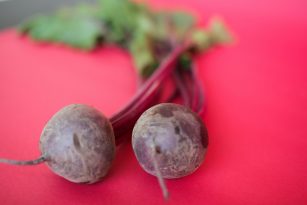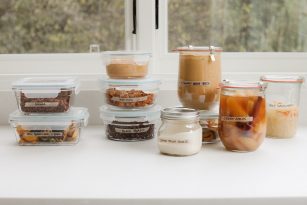A quick search for how to lower cholesterol can turn up dozens of natural remedies, based on both research and folklore.
However, keeping cholesterol levels in check doesn’t require the use of pills, potions, or serums aimed at optimizing heart health. In most cases, making a few small changes to your lifestyle is all it takes to keep your heart healthy and strong.
So what is cholesterol and how can it impact your health? Keep reading to learn everything you need to know about cholesterol, including how to keep levels low by making a few minor changes to your shopping list and schedule.
What Is Cholesterol?
Cholesterol is a type of waxy substance that is present throughout the body. Your body needs cholesterol in small amounts to produce hormones, synthesize vitamin D, and provide support to the cell membranes. However, having high levels of cholesterol can actually be harmful to health. This is because cholesterol can start to slowly accumulate in the blood vessels, limiting blood flow and increasing the risk of heart disease and stroke.
Types of cholesterol
When you get your cholesterol levels tested, you may notice that there are several different types. The two main types of cholesterol are classified as low-density lipoprotein (LDL) and high-density lipoprotein (HDL).
LDL cholesterol, also sometimes called “bad cholesterol,” makes up the majority of cholesterol in your body. This type of cholesterol is more prone to forming fatty deposits in the arteries, which is why high LDL causes a higher risk for heart problems.
HDL cholesterol, on the other hand, is known as “good cholesterol.” HDL cholesterol helps shuttle cholesterol out of the bloodstream and into the liver to keep the arteries clear, which is why maintaining normal HDL levels can reduce the risk of heart disease.
Meanwhile, total cholesterol is a measure of how much LDL and HDL cholesterol you have in your blood. Keeping all of these numbers within range is important for maintaining heart health and preventing disease.
What Causes High Cholesterol?
Before exploring how to lower cholesterol, it’s important to understand a few of the factors that can contribute to high cholesterol levels.
Hypercholesterolemia, or high cholesterol, is a common condition estimated to affect nearly 12% of adults over 20 in the United States (1). Despite what many believe, a high cholesterol diet isn’t always responsible for increased cholesterol levels. In fact, most research shows that dietary cholesterol is not actually linked to a higher risk of heart disease (2).
The main risk factors for high cholesterol include:
- Poor diet
- Physical inactivity
- Obesity
- Smoking
- Older age
- Diabetes
- Family history
High cholesterol treatment typically involves the use of medications like statins, which reduce cholesterol production in the body to support healthy cholesterol levels. However, there are also plenty of other natural remedies for how to lower cholesterol available, and making even a few minor lifestyle modifications can have a huge impact on overall health.
How to Lower Cholesterol
In most cases, making just a few simple swaps in your daily routine can be an easy strategy for how to lower your cholesterol. Here are a few natural remedies for high cholesterol, all of which can also help support heart health and reduce the risk of chronic disease.
1. Fill up on Fruits and Veggies
There are plenty of reasons to be sure you’re eating your fruits and veggies, and maintaining lower cholesterol levels is truly just the tip of the iceberg. This is because fruits and veggies are packed with essential nutrients that can optimize heart health, including fiber and antioxidants. They also contain a wealth of important vitamins and minerals, such as vitamin C, vitamin E, selenium, and folate (3).
Some research shows that eating more fruits and veggies can be an effective method for how to lower cholesterol. For example, one study analyzed the diets of 4,466 people and showed that eating more fruits and veggies was tied to lower levels of LDL cholesterol. According to the study, those who ate at least four servings of fruits and veggies per day had significantly lower cholesterol levels than those eating two servings or less per day (4).
In addition to enjoying fruits and veggies as is, you can also use them to liven up smoothies, salads, soups, and salsas. Try featuring a new fruit or vegetable each week and focus on finding unique ways to add it into your diet.
2. Add More Healthy Fats to Your Diet
Since the strike of the low-fat craze in the 1980s, dietary fats have been vilified as unhealthy and artery-clogging. In reality, however, this couldn’t be further from the truth. While it’s definitely not advisable to start filling up on the fried foods, bacon, and butter, there are plenty of heart-healthy fats out there that can help keep your cholesterol numbers under control.
Coconut oil, for example, has been shown to increase beneficial HDL cholesterol levels, which help clear out excess bad cholesterol from the arteries (5). Similarly, studies show that adding olive oil to your diet can reduce levels of bad LDL cholesterol while enhancing good cholesterol levels to support better heart health (6, 7).
Besides coconut oil and olive oil, other heart-healthy sources of fat include avocados, nuts, seeds, and fatty fish. Need some inspiration to help kick up your fat intake? Try this Healthy Avocado Smoothie or Maple Banana Nut Granola to squeeze more heart-healthy fats into your daily diet.
3. Cut down on Sugar Consumption
Slashing your sugar intake is one of the easiest methods for how to lower LDL naturally and maintain normal cholesterol levels. It’s also a great way to improve overall health, as foods rich in added sugar like cookies, cakes, soda, and juice contribute little to the diet apart from extra calories and carbs. Not only are high-carb diets tied to lower levels of beneficial HDL cholesterol, but they may also be linked to a higher risk of heart disease as well (8, 9).
Whole fruits, dark chocolate, and berries are all easy options to help satisfy your sweet tooth and cut back on sugar cravings. Meanwhile, seltzer water, kombucha, and iced tea are a few simple substitutes for sugar-rich soda and juice.
4. Eat More Fiber
If you’re searching for an easy option for how to reduce cholesterol quickly, then upping your fiber intake is your best bet. Found in foods like fruits, veggies, and whole grains, fiber moves slowly through the body undigested to support digestive health, blood sugar control, weight loss, and more (10).
Studies also show that eating more fiber may help keep cholesterol levels under control. For instance, one study showed that consuming at least 22 grams of fiber per day led to significant reductions in levels of total and LDL cholesterol (11). In another study, increasing fiber intake to 30 grams per day resulted in a 10% increase in “good” HDL cholesterol (12).
The best way to get more fiber in your diet is by selecting fiber-rich side dishes and snacks to enjoy throughout the day. Whole fruit, veggies with hummus, chia seed pudding, and trail mix are all healthy, high-fiber snack options. Similarly, adding a salad or sautéed veggie side dish to your meal can help effortlessly bump up fiber intake.
5. Use Herbs and Spices
Looking for an easy method for how to lower bad cholesterol? Start stocking your spice pantry with a few healthy herbs and seasonings. These superstar spices can decrease lipid levels while adding a punch of flavor to your favorite foods.
Garlic, for instance, can help reduce total and LDL cholesterol when consumed consistently (12). Turmeric can also improve LDL cholesterol and triglycerides to enhance heart health (13). Ginger, cardamom, and cinnamon are a few other herbs and spices that have been shown to reduce cholesterol levels as well (14, 15, 16).
Try whipping up this Cherry Cardamom Bircher Muesli for a nutritious, wholesome breakfast option that features both cinnamon and cardamom. Later in the day, enjoy this One-pot Chickpea Curry with Turmeric Rice to boost your intake of garlic and turmeric, along with a blend of other healthy herbs and spices.
6. Hit the Gym
In addition to making a few simple swaps in your diet, you may also want to consider switching up your exercise routine. Resistance training activities such as weight-lifting or body weight exercises can be an especially useful option for how to lower cholesterol. In fact, one study found that 14 weeks of resistance training caused significant reductions in both total and LDL cholesterol (17).
Cardio, also known as aerobic exercise, can also be beneficial for heart health. A review of 25 articles even found that aerobic exercise increased levels of good HDL cholesterol, especially in those with high total cholesterol (18). Cardio can also promote weight loss, which can help support healthy cholesterol levels (19).
Ideally, aim for around 20-40 minutes of cardio per day, or between 150-300 minutes over the course of the week. Pair this with at least two days of resistance training per week to maximize results and lower cholesterol.
Put This Into Practice
There are plenty of easy and effective methods for how to lower cholesterol levels and enhance heart health. Filling your plate up with whole foods, fitting regular physical activity into your routine, and limiting your consumption of added sugar and processed junk can all help improve your cholesterol levels–and your health.
Try incorporating just a few simple strategies for how to lower cholesterol naturally into your routine each week. This makes it much more manageable to make long-lasting changes to that can help prevent heart disease and improve your overall health.
Written by Rachael Link, MS, RDN, LDN

